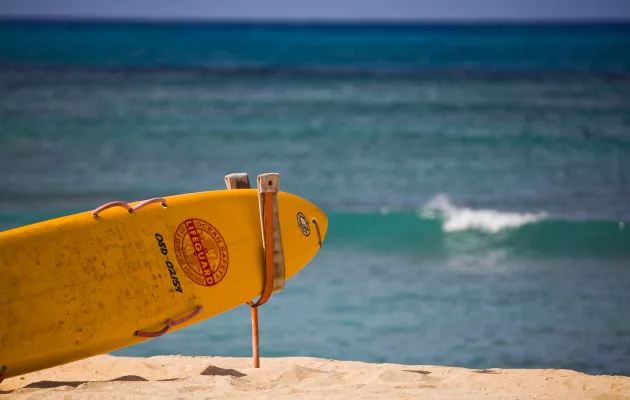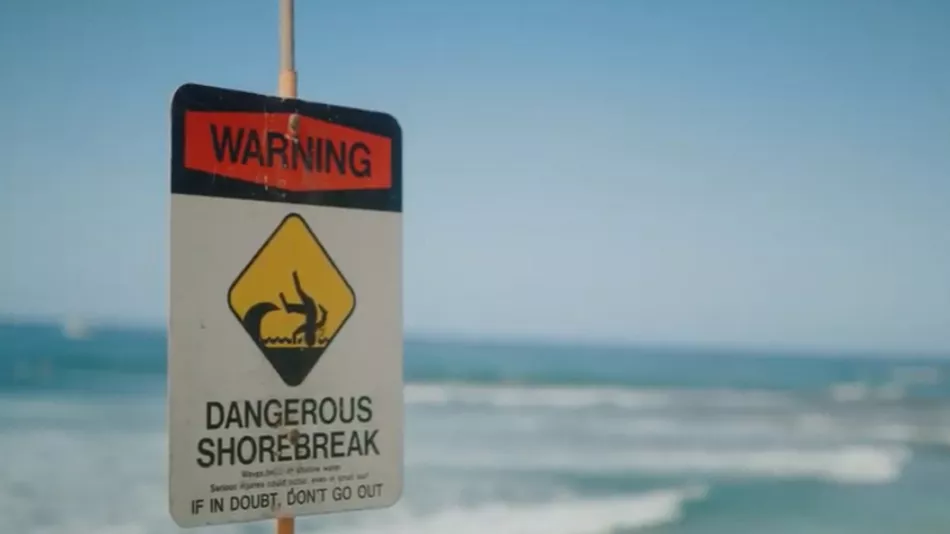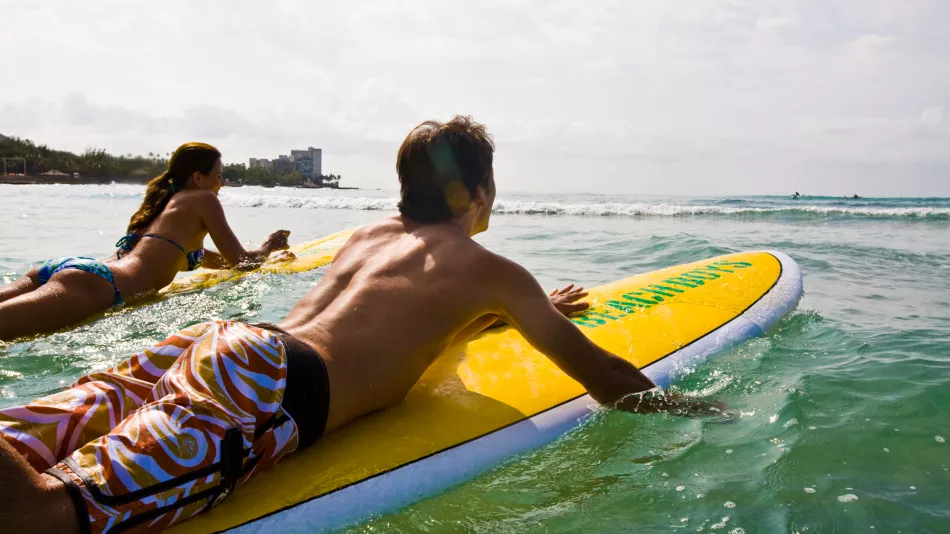
 Ocean Safety
Ocean Safety
Staying Safe in the Ocean
The incredible majesty of Hawaiʻi's ocean waters are a big part of the appeal of these beautiful islands. Locals know that beneath the spectacular scenery, the ocean can also be unpredictable and dangerous. That's why water safety experts encourage you to observe the same basic safety tips we follow.
For more information on Ocean Safety, please visit https://hioceansafety.com.
To check on current ocean conditions, click here.
On the Shore Tips
- Waves are unpredictable - don't turn your back to the ocean.
- It may seem like fun but standing over blow holes is extremely dangerous and had led to severe injury and death.
- If the rocks you're standing on are wet, it means waves have already been there; use caution and retreat to dry ground.
- Be respectful of local fishing and diving spots.
In the Water Tips
- Only undertake ocean activities when a lifeguard is present, or go with professionals and certified watermen.
- Check conditions before you go out and look for ocean hazards such as rip currents, rocks and shorebreaks.
- Swim with a buddy.
- Know your limits and don't push beyond your abilities.
- It's important that you know how to swim if you go snorkeling, and at the very minimum wear a flotation device.
- If in doubt, don't go out.
- Wave heights can increase quickly. If they do, dive underneath the wave, come up behind it, and then swim to shore between wave sets.
- Do not go into the ocean under the influence of drugs or alcohol, which greatly increase your risk of drowning.
- If you are caught in a rip current, remain calm and go with the flow - don’t fight the current. Once the rip current releases you offshore, swim at an angle away from the current, towards the shore, and call or signal for help.
Ocean Warning Signs

Please heed all posted ocean warning signs, which give you extremely important safety information. Here's what they mean.
Waves Breaking on Sandbar:
Waves breaking on shallow bottom created by sandbar; even small waves can cause serious neck and spinal injuries. No bodysurfing or bodyboarding.
Box Jellyfish:
Toxic marine organisms; stay out of the water to avoid stings. No swimming.
Waves Breaking on Sandbar:
Waves breaking on shallow bottom created by sandbar; even small waves can cause serious neck and spinal injuries. No bodysurfing or bodyboarding.
Box Jellyfish:
Toxic marine organisms; stay out of the water to avoid stings. No swimming.


